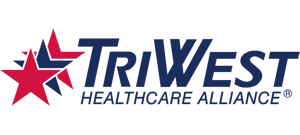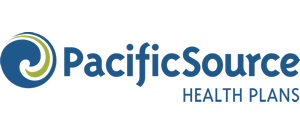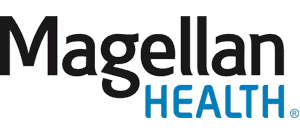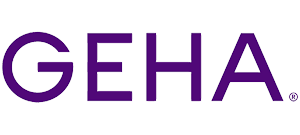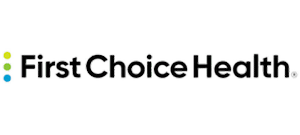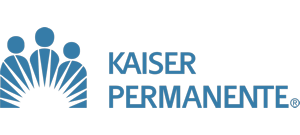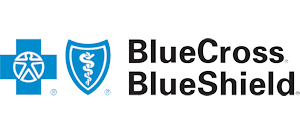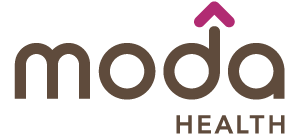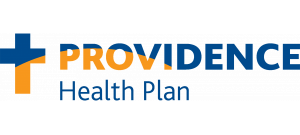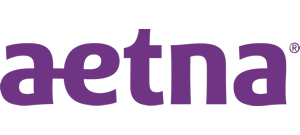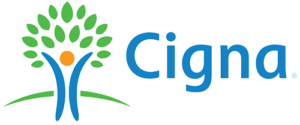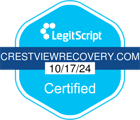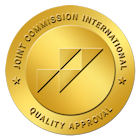In the United States, substance use is prevalent in the media. Songs, TV shows, and movies all highlight the appeal of substance use. However, the United States also faces an opioid crisis that claims countless lives every year. Many people blame the growth of gateway drugs on the rise of the opioid addiction crisis. However, what are gateway drugs, and how do they affect the growth of substance use disorders? Learn more from our drug rehab center.
What Are Gateway Drugs?
Gateway drugs are substances that people are most likely to try for the first time. This may be a legal substance, such as alcohol or marijuana (in some states), or a substance that’s easy to get a hold of, such as prescription drugs. These are also substances that teens and adolescents are most likely to get their hands on.
But, what are gateway drugs, and why are they named as such? Gateway drugs are literally the gateway into more dangerous substances. The belief is that when someone tries alcohol or marijuana for the first time, the likelihood that they will try other substances increases tenfold.
There are many gateway drugs, but the most common ones are alcohol, marijuana, and tobacco. These substances are legal, easy to obtain, and considered relatively harmless by most people. However, they can lead to more dangerous substances, such as cocaine, heroin, and methamphetamine.
Gateway drugs are often used as a stepping stone to harder drugs. For instance, someone who smokes marijuana may be more likely to try cocaine because they’re already used to smoking. Similarly, someone who drinks alcohol may be more likely to try harder drugs like heroin or methamphetamine because they’re already used to the effects of alcohol.
Why Gateway Drugs are Dangerous
Gateway drugs are dangerous because they can lead to much more severe addictions. As a legal substance, many people don’t bat an eyelash at the consumption of alcohol. However, over time, a person may begin chasing even greater highs when their tolerance to alcohol increases.
For example, someone who uses prescription stimulants to treat their ADHD may begin abusing them. If they run out of their prescription or desire an even greater stimulant, they may turn to meth or cocaine. These substances are significantly more potent and carry a much higher risk of addiction and overdose. Unfortunately, it’s very easy for an experiment or peer pressure situation to escalate into something much more serious.
Gateway drugs themselves also carry a heavy risk. Many people underestimate the dangers of alcohol abuse, prescription drug abuse, and marijuana addiction. While these substances may be easy to acquire or popular in the mainstream, they can still disrupt a person’s life and lead to adverse health effects.
Additionally, gateway drugs can act as a “gateway” into the world of illegal substances. This is because people who use gateway drugs are often more likely to associate with people who use other drugs. For instance, someone who hangs out with a group of friends who drink alcohol may be more likely to try cocaine when it’s offered to them.
Examples of Gateway Drugs
So, what kinds of drugs qualify as gateway drugs? There are a handful of substances that people typically coin as “gateway” substances. These include:
- Alcohol
- Prescription stimulants and painkillers
- Marijuana
They are considered gateway drugs due to their accessibility. In fact, many people try these substances for the first time in high school. It’s also common for adults to allow their underage family members to partake in alcohol consumption during special occasions. While it may seem harmless at the time, it can develop into a much larger problem later on.
The Need For Drug Addiction Treatment
Once addiction sets in, it’s vital to seek addiction treatment. At Crestview Recovery, our drug addiction treatment program is designed to help people overcome substance use disorder and reclaim their lives. Our comprehensive program includes evidence-based practices such as:
- Cognitive-behavior therapy – This type of therapy helps individuals understand how their behaviors, thoughts, and emotions relate to their substance use. It provides coping strategies for managing cravings, developing
- Dialectical behavior therapy – Helps individuals learn how to better regulate their emotions and develop healthier coping strategies.
- Group counseling – This helps individuals connect with and learn from others in similar situations.
To further assist our clients, Crestview Recovery offers holistic therapies including yoga, meditation, mindfulness, art therapy, and exercise. Additionally, our clinical team may recommend medications to help reduce cravings and withdrawal symptoms. Through a combination of evidence-based practices and holistic therapies, we provide individuals with the tools they need to achieve long-term recovery.
We also support our clients by providing family therapy and continuing care services. Our goal at Crestview Recovery is to ensure that each client receives the best care and support possible. We strive to provide individualized treatment that meets the unique needs of each client. Together, we can help you or your loved one achieve sobriety and lead a happy, healthy life.
Take the First Step Toward Recovery With Crestview Recovery
The best way to avoid gateway drugs is to abstain from drug use altogether. However, this isn’t always realistic or possible. If you or someone you know is using gateway drugs, it’s important to be aware of the risks and take steps to avoid moving on to harder drugs.
Once you understand what gateway drugs are, it’s time to find help. No matter what the substance is, Crestview Recovery in Portland, OR, is ready to help. We offer treatment for several substances, including:
- Adderall addiction rehab
- Alcohol addiction rehab
- Painkiller addiction treatment
- Oxycodone addiction rehab
- OxyContin addiction treatment
To learn more about Crestview Recovery and how we can help you, call us today at 866.262.0531.













